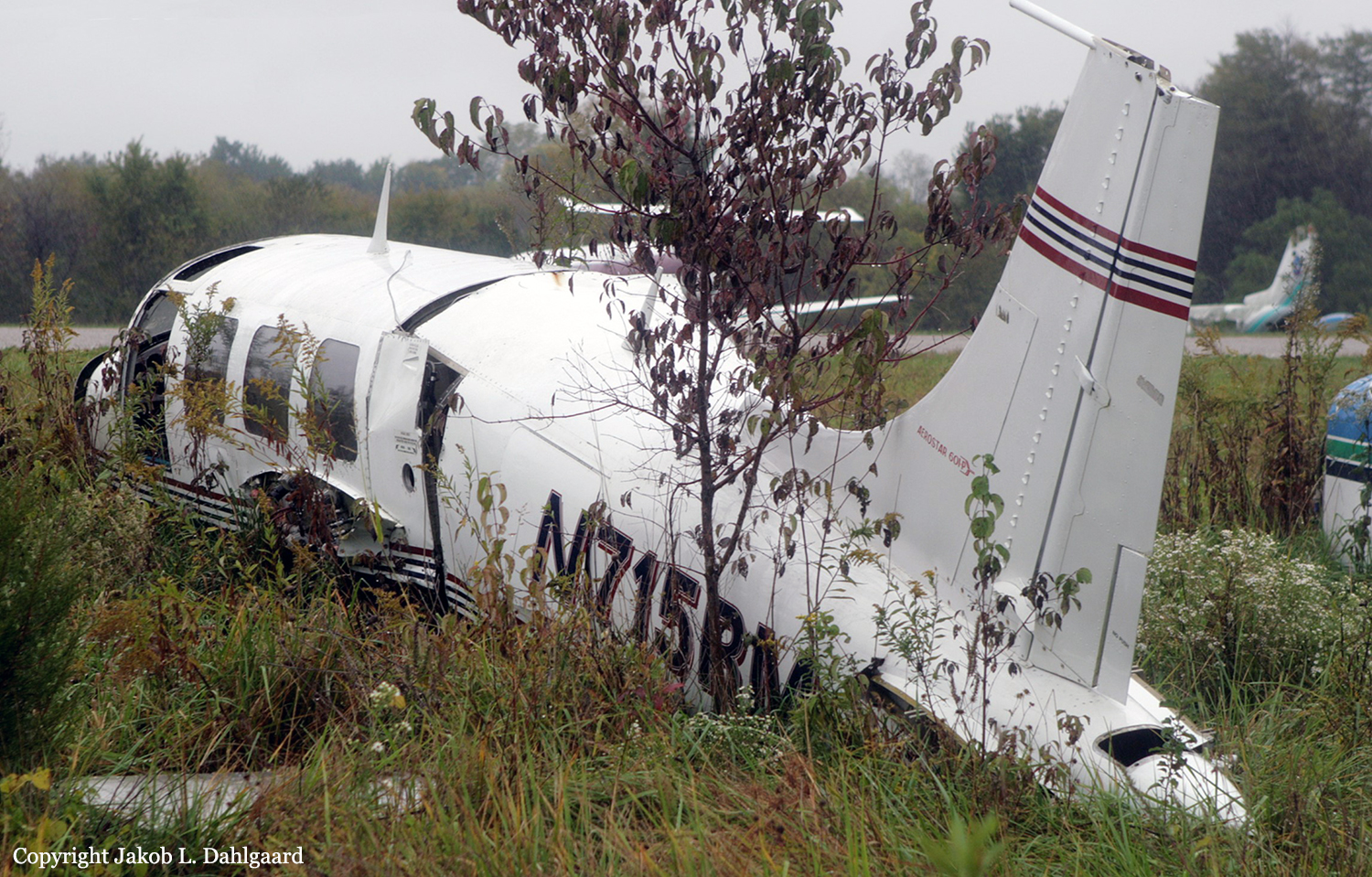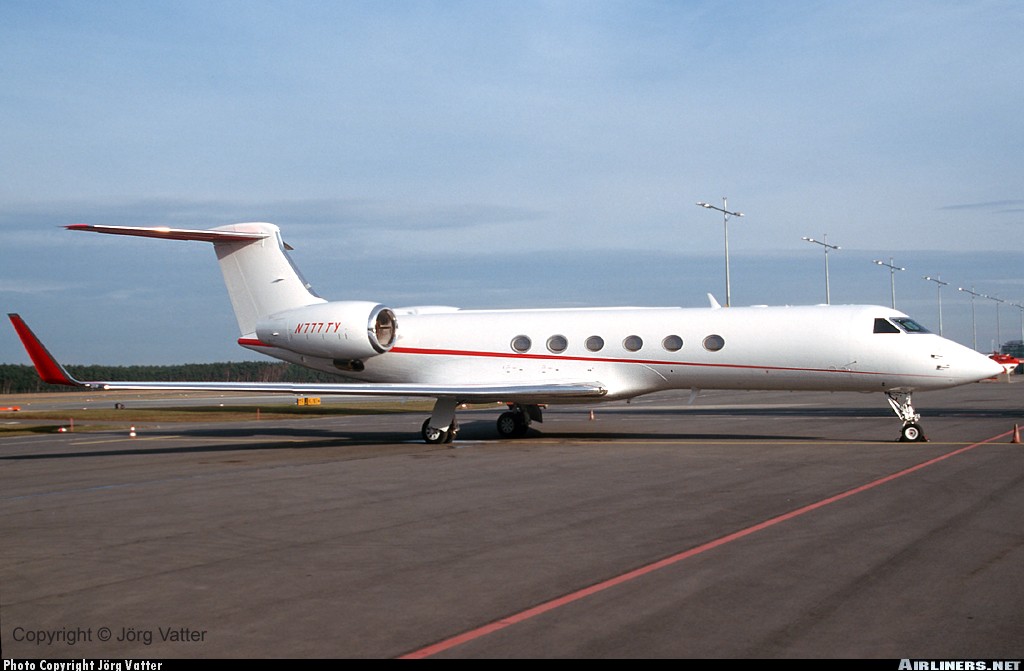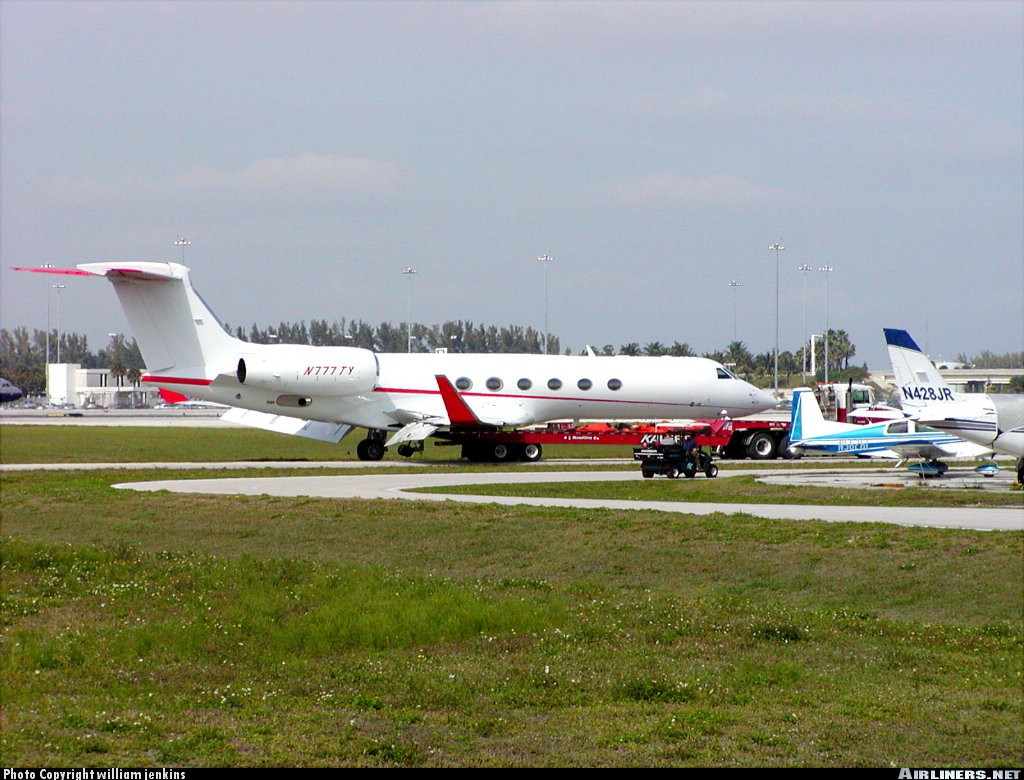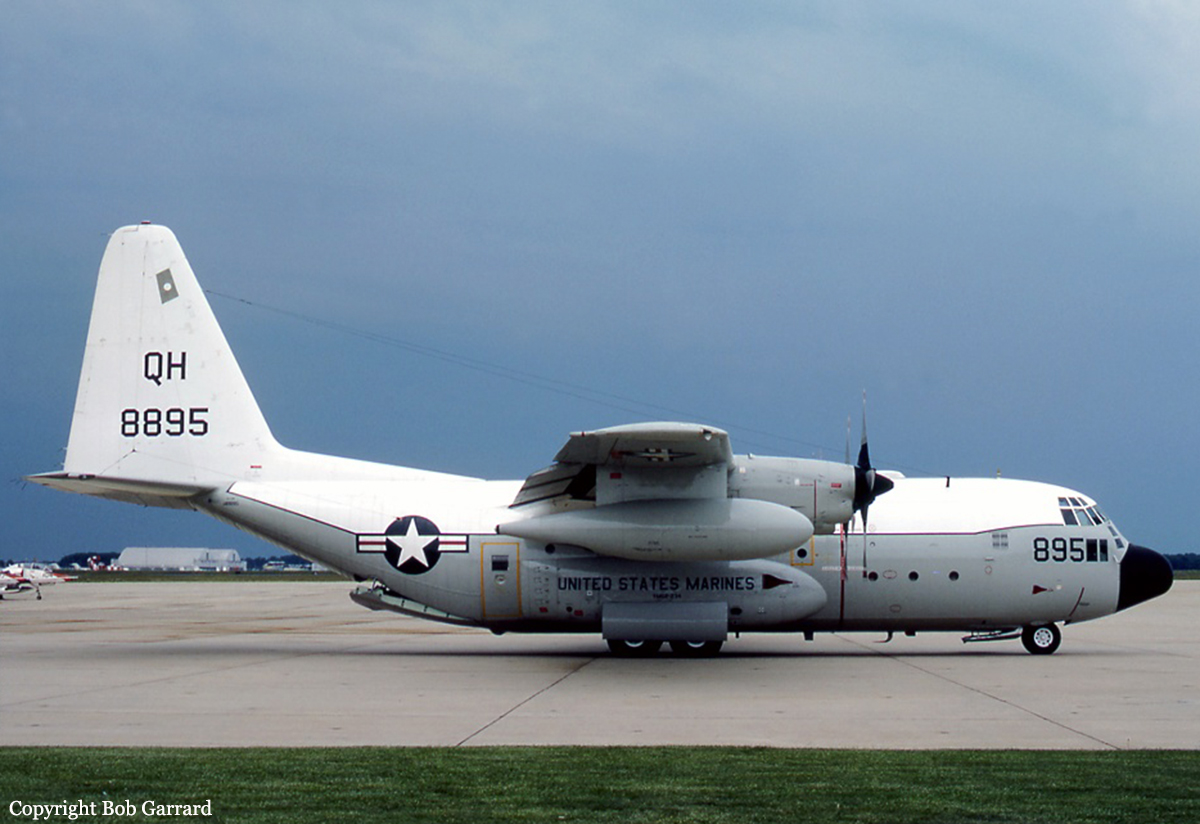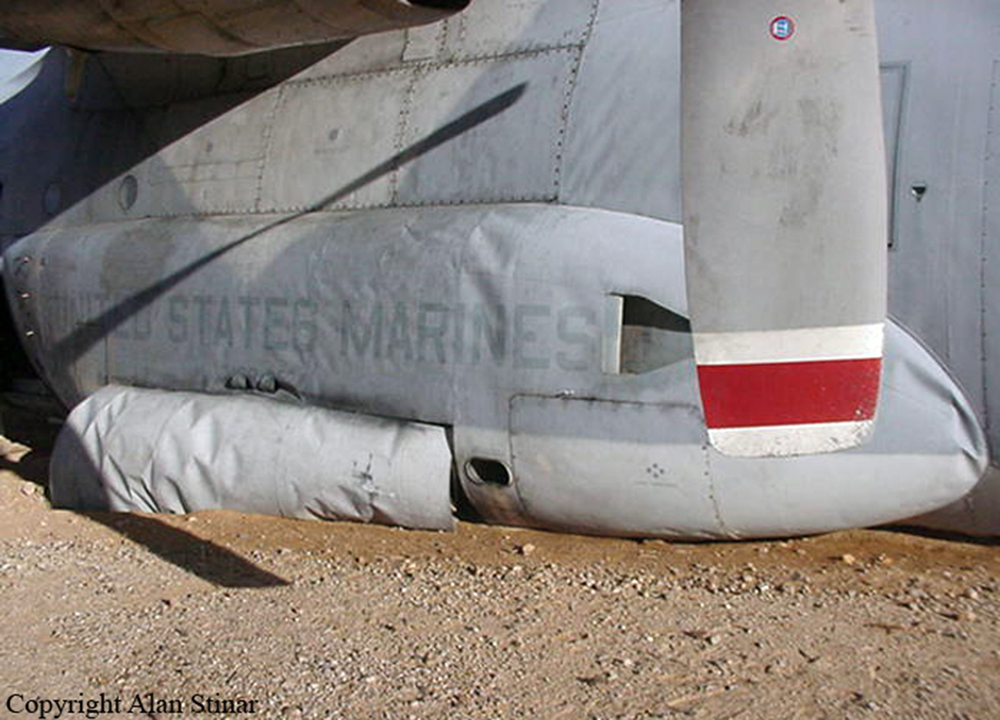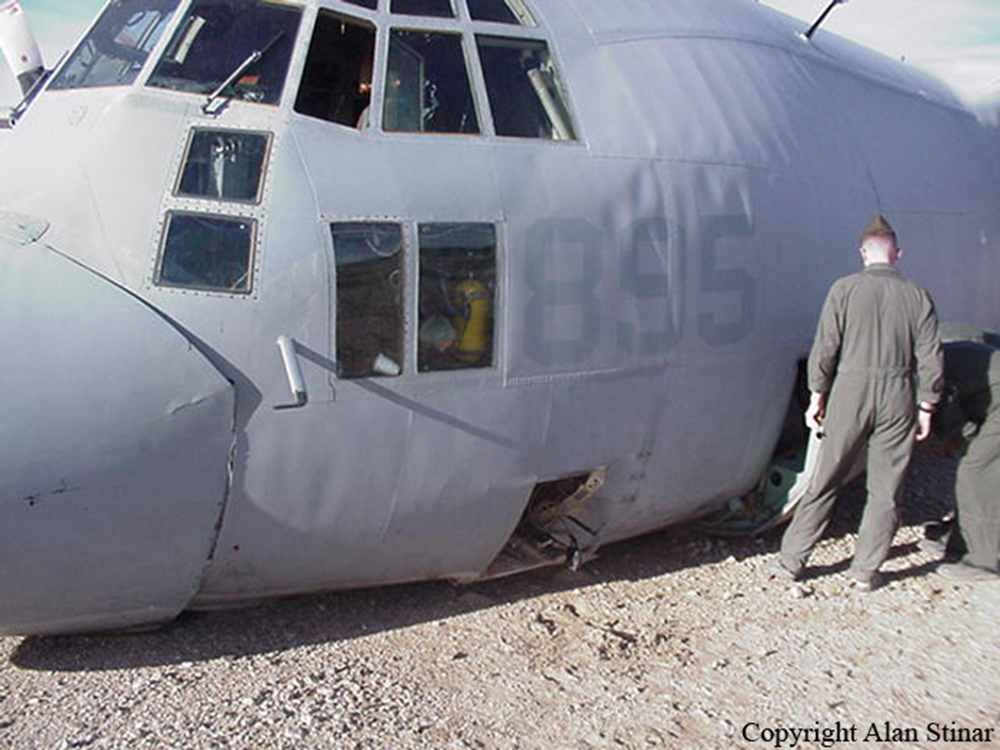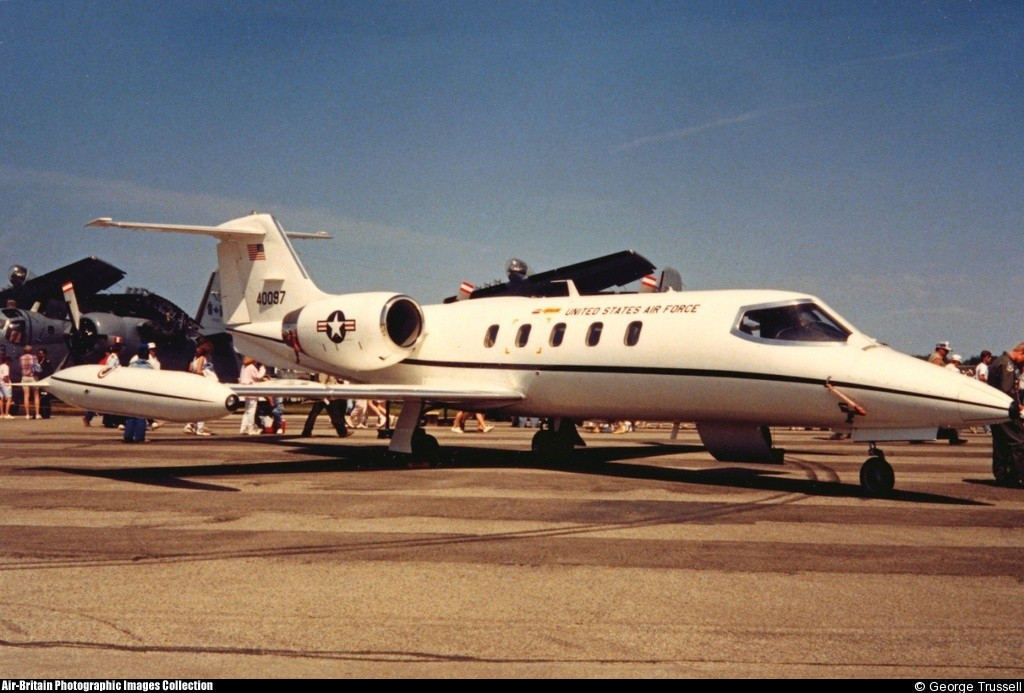Crash of a Piper PA-61P Aerostar (Ted Smith 601P) in Belle Glade
Date & Time:
Feb 16, 2002 at 0800 LT
Registration:
N715RM
Survivors:
Yes
Schedule:
Boca Raton – Marathon
MSN:
61-0216-024
YOM:
1975
Crew on board:
1
Crew fatalities:
Pax on board:
0
Pax fatalities:
Other fatalities:
Total fatalities:
0
Captain / Total hours on type:
120.00
Aircraft flight hours:
1950
Circumstances:
The pilot was aware of thunderstorms along his route of flight. He paralleled a line of storms for about 20 minutes looking for a hole in the storms to penetrate, without any success. He turned, and climbed to an altitude of 13,500 feet. He noticed what seemed to be an opening to the south, and turned southbound, through the hole, for about 2 or 3 miles, and then the hole closed. He turned the airplane to the right to reverse course, when he inadvertently penetrated a cell. At this point he said he "lost control of the airplane, and was turned upside down…...heading straight down towards the ground...…traveling at a high rate of speed..….the airspeed indicator was pegged." At an altitude of about 2,000 feet, he was able to level the wings, reduce power and raise the nose. He said he was then able to slow the airplane for a "controlled crash landing," straight a head in a sugar cane field. According to the Sheriff's Report, he struck the field in which the aircraft was lying in immediately after slowing the airplane. The distance from the initial impact area to where the airplane came to rest was about 75 yards.
Probable cause:
The pilot continued flight into known adverse weather resulting in a loss of control and subsequent impact with the ground.
Final Report:
